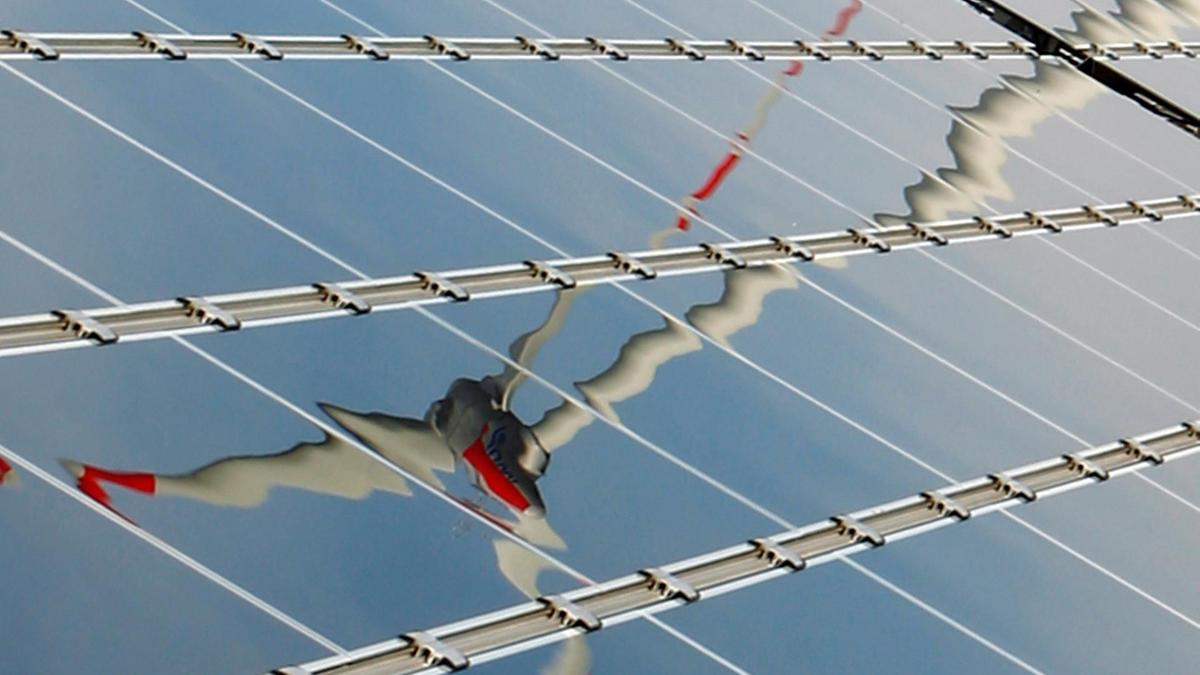The Trump administration is giving solar and wind energy projects more time to qualify for generous federal tax credits, delivering a reprieve to renewable energy developers struggling with delays caused by the novel coronavirus pandemic.
 A power-generating wind turbine is reflected in solar panels. The Trump administration extended tax breaks for both solar and wind projects on Thursday. Reuters
A power-generating wind turbine is reflected in solar panels. The Trump administration extended tax breaks for both solar and wind projects on Thursday. Reuters
The move was welcomed by wind and solar advocates, who have been lobbying since March for federal help to avoid project setbacks and to keep financing flowing. The tax credits have been critical to making renewable energy competitive with electricity from fossil fuels.
Late on Wednesday, the Internal Revenue Service issued a notice saying it would give wind projects started in 2016 or 2017 an additional year, until the end of 2021, to bring their projects online and still qualify for a tax credit for every kilowatt-hour of electricity produced.
The credit is worth 2.5 cents per kWh for projects started in 2016 and 2 cents per kWh for those that began in 2017, stepping down further in subsequent years. Developers must show there is continuous construction in order to claim the level of credit available in the year they broke ground.
For solar, companies that paid for equipment in late 2019 but were unable to take delivery of it within a three-and-a-half-month deadline now have until October 15 of this year to qualify for the sector's highest level of subsidy.
The solar tax credit was worth 30 per cent of the value of the project in 2019 for projects that started construction that year. It dropped down to 26 per cent this year.
The full subsidy was available to firms that spend 5 per cent of a project's capital cost by the end of 2019.
While renewable energy lobbying groups cheered the deadline extensions, they said they still would like to see Congress allow the credits to be converted to cash.